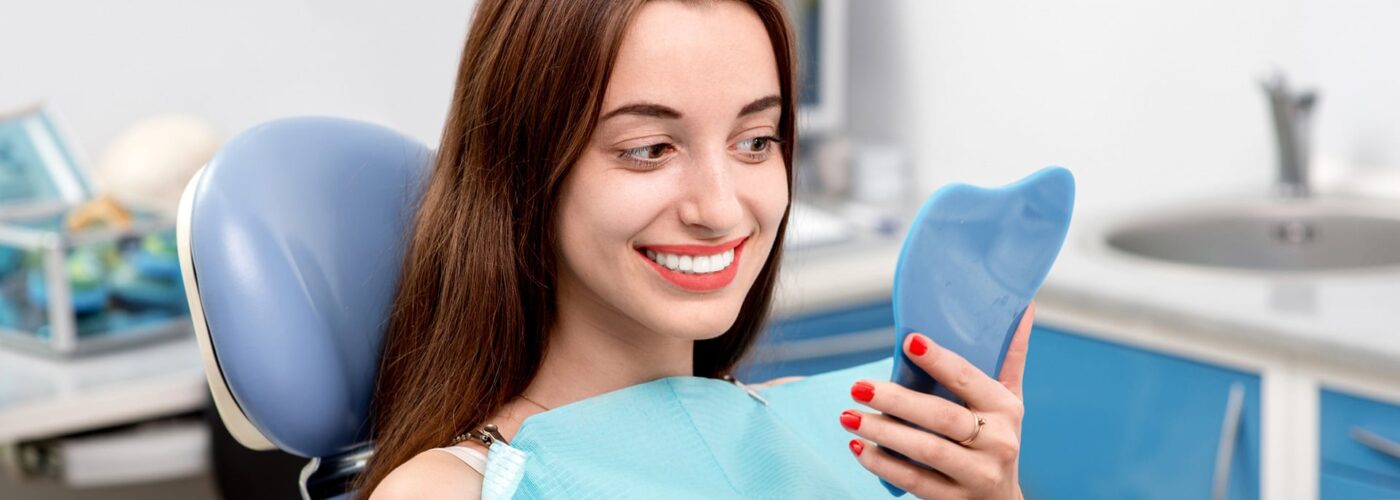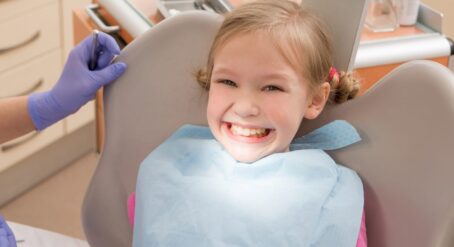Orthodontic treatment isn’t particularly risky, but as with any intervention to your body, it does carry some minor risks.
Whether you’re looking into orthodontic treatment for your child, or you’re considering treatment options as an adult, it’s important to have the information to be able to weigh up the risks and benefits of treatment before making a decision.
Your specialist orthodontist is best placed to talk you through any risks you might face, taking into account your personal circumstances and choice of treatment, and will be able to help you make an informed decision. However it’s good to have in mind some of the issues that can arise, so that you are able to ask your orthodontist about anything that’s worrying you and they can put you at ease.
Here are some of the common minor risks and complications that can arise from orthodontic treatment.
Toothache and mild discomfort
If you feel any discomfort due to the pressure on your teeth, we recommend taking over-the-counter pain relief.
Scratches and ulcers
At the start of your orthodontic treatment, it’s fairly common to feel some small scratches and ulcers on the inside of your mouth, especially if you’re wearing a fitted device such as braces. This will usually only happen for a couple of days, until your mouth gets used to the shape of your braces.
However this can be easily solved using orthodontic wax, which is an easy and immediate way to protect your mouth during this initial phase.
Gum infection
Maintaining good oral hygiene is important for everyone, but it’s especially important if you’re undergoing any type of orthodontic treatment. Poor oral hygiene can lead to gingivitis and gum infection which can slow down the movement of your teeth – if you’re wearing an orthodontic appliance then this can mean treatment takes longer. In some cases, the infection can cause irreversible damage to the tissues which support your teeth.
Make sure you maintain a healthy oral hygiene routine and follow the guidance of your orthodontist to prevent gum infections. Regular professional cleans with your dentist will also help.
Enamel demineralisation
Enamel demineralisation, where the enamel wears away on the tooth, can occur during orthodontic treatment, particularly with fixed appliances such as braces. It is primarily caused by sugar, which starts a decay process in the enamel. If left to progress, over time this demineralisation can lead to cavities and tooth decay, which appears as white or yellow stains on the teeth.
However, your orthodontist will be regularly checking your teeth for signs of enamel demineralisation and the development of cavities so that they can be treated sooner rather than later. Plus there are a few things you can do to reduce the risk, such as avoiding sugary food and drinks, twice daily brushing with fluoride toothpaste and rinsing your mouth daily with fluoride mouthwash.
Root shortening
For some patients, the length of the roots of their teeth become shorter during treatment. It’s nearly impossible to predict whether or not it will happen to you – but some people are more prone to it than others. In general, root shortening doesn’t have significant consequences, but on very rare occasions it may threaten the longevity of the tooth.
Tooth vitality
As orthodontic treatment moves the teeth, some pre-existing conditions (such as trauma or decay) might be aggravated by wearing an orthodontic appliance. The movement the tooth undergoes during treatment might further aggravate the tooth. While very rare, this can lead to the tooth becoming discoloured or requiring root canal treatment.
Orthodontic treatment is more subtle, more comfortable and achieves faster results than ever before, and it’s very unlikely that your orthodontic appliance will present a risk in itself. Rather, the vast majority of orthodontic risks are associated with oral hygiene and pre-existing conditions, both of which can be assessed and monitored by your orthodontist.
The most important point to note is that you make sure you see a registered, qualified orthodontist, as only they have the years of training and experience to produce the best results.
Find your nearest orthodontist online – no referral from a dentist needed.











I got this site from my friend who informed me regarding this web page and at the moment
this time I am visiting this web page and reading very informative content here.